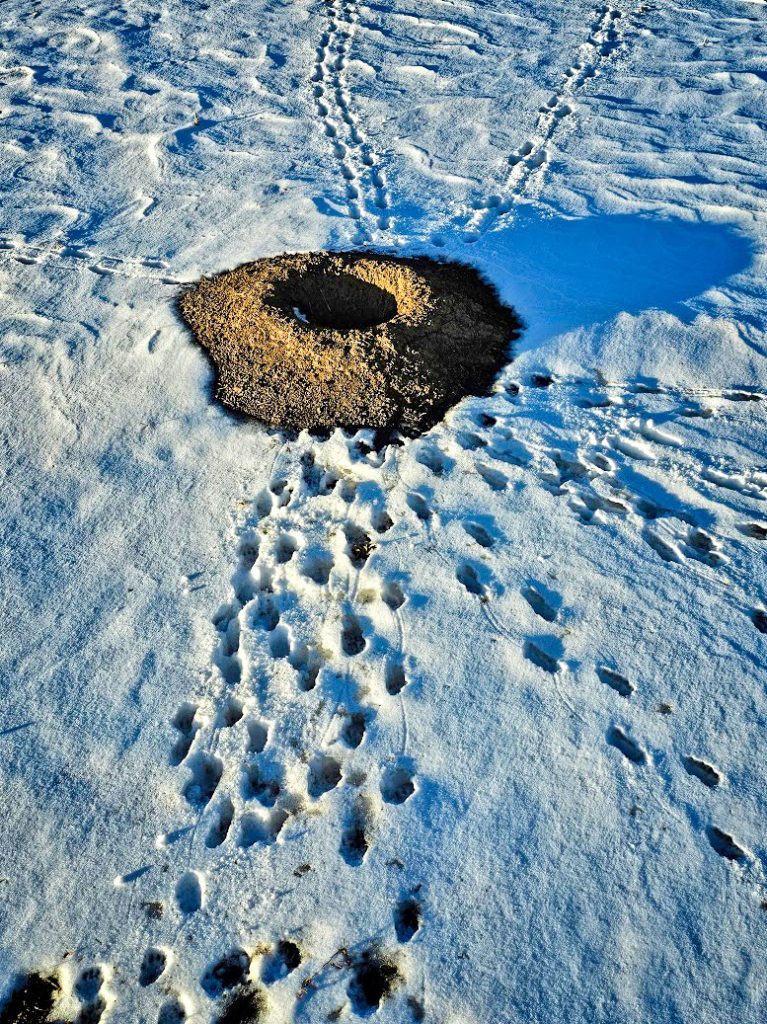Celebrating prairie dogs

A black-tailed prairie dog keeping lookout outside his burrow near Douglas County. Prairie dogs, and the unique environmental role they play, are celebrated on February 2.
February 2 is Groundhog Day, but some parts of the western United States prefer to celebrate the groundhog’s more local cousin, the prairie dog, a type of ground squirrel. The official designation of Prairie Dog Day has been championed by various conservation organizations, including WildEarth Guardians and Defenders of Wildlife, to bring attention to the small rodents and to encourage protection of their grassland habitats.
Cynomys ludovicianus (the Latin name for the black-tailed prairie dog) is the species most commonly found in Castle Pines dating back to at least the Lewis and Clark Expedition. They are a keystone species, meaning they have an outsized impact on the local ecosystem. Various birds and small mammals, including burrowing owls and the endangered black-footed ferret, make use of prairie dogs’ complex underground burrows.
Prairie dogs are highly social animals. Family units, called coteries, live together in colonies or “towns,” with hundreds of prairie dogs coexisting in the underground labyrinth. The tunnels are made with air vents, emergency exits and many separate “rooms” such as sleeping chambers, food storage, nurseries, and even listening chambers to keep an ear out for predators while underground. Individual prairie dogs interact with family members through kissing and grooming.
Prairie dogs are an important food source for many predators, including coyotes, hawks and eagles. Additionally, prairie dogs improve the soil by aeration, redistribution of organic matter, and enhancing the quality of forage for grazers. They can aid in healing overgrazed soil and increasing plant diversity. Bison, pronghorn and deer have been shown to prefer grazing in grasslands occupied by prairie dogs.
With one of the most elaborate communication systems in the animal kingdom, prairie dogs use a variety of squeaks, chirps, yips, calls and barks to alert the colony of approaching predators; but according to some researchers, the cries give specific information as to what type of predator, like its size and how fast it is approaching. Depending on the specific alert given, the rest of the colony will react in different ways. For example, if a “hawk” alert is given, those in the flight path will dive into their burrows. On the other hand, if a “coyote” alert is given, prairie dogs will move to just outside the entrance of their burrows to observe the predator.
This February 2, take a moment to appreciate this unique and important species.

A prairie dog burrow showing lots of traffic. This keystone species plays a crucial role in the grassland ecosystem.
Article and photos by Rachel Poe